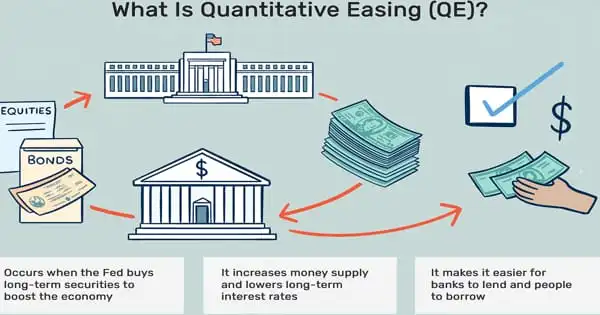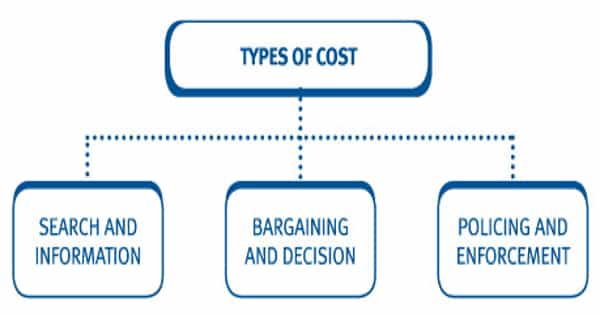A trade bloc is a type of intergovernmental agreement, often part of a regional intergovernmental organization, in which trade barriers (tariffs and other restrictions) are reduced or eliminated among participating states. Trading blocs are typically groups of countries in specific regions that manage and promote trade.
Trade blocs can be standalone agreements between several states (such as the North American Free Trade Agreement) or they can be part of a regional organization (such as the European Union). The World Trade Organization (WTO) allows trading blocs to exist as long as they result in less protection against outside countries than existed prior to the formation of the trading bloc. Trade blocs are classified as preferential trading areas, free-trade zones, customs unions, common markets, or economic and monetary unions based on their level of economic integration.
A trade bloc is a type of intergovernmental agreement, often part of a regional intergovernmental organization, where barriers to trade are reduced or eliminated among the participating states.
A trading bloc is a type of intergovernmental agreement, often part of a regional intergovernmental organization, in which regional barriers to international trade (tariffs and non-tariff barriers) are reduced or eliminated among participating states, allowing them to trade as easily as possible with one another. The most significant trading blocs currently are:
- European Union (EU) – a customs union, a single market and now with a single currency
- European Free Trade Area (EFTA)
- North American Free Trade Agreement (NAFTA) between the USA, Canada and Mexico
- Mercosur – a customs union between Brazil, Argentina, Uruguay, Paraguay and Venezuela
- Association of Southeast Asian Nations (ASEAN) Free Trade Area (AFTA)
- Common Market of Eastern and Southern Africa (COMESA)
- South Asian Free Trade Area (SAFTA) created in 2006 with countries such as India and Pakistan
History
Historic trading blocs include the Hanseatic League, a Northern European economic alliance that existed between the 12th and 17th centuries, and the German Customs Union, which was established in 1871 on the basis of the German Confederation and later the German Empire. Surges in trade bloc formation occurred in the 1960s and 1970s, as well as after the fall of Communism in the 1990s. By 1997, regional trade blocs accounted for more than half of all global trade.
Economist Jeffrey J. Schott of the Peterson Institute for International Economics notes that members of successful trade blocs usually share four common traits: similar levels of per capita GNP, geographic proximity, similar or compatible trading regimes, and political commitment to regional organization.
Advantages
Some proponents of global free trade oppose trading blocs. They believe that trade blocs promote regional free trade at the expense of global free trade. Those who support it argue that global free trade is in the best interests of all countries because it would increase opportunities to transform local resources into goods and services that are both in demand now and will be in demand in the future by consumers. Scholars and economists, on the other hand, continue to debate whether regional trade blocs fragment the global economy or encourage the expansion of the existing global multilateral trading system.
















